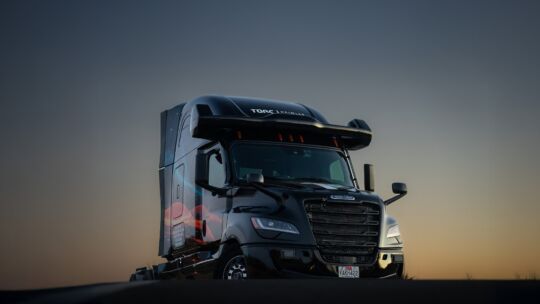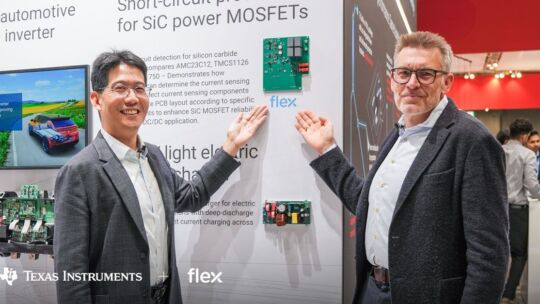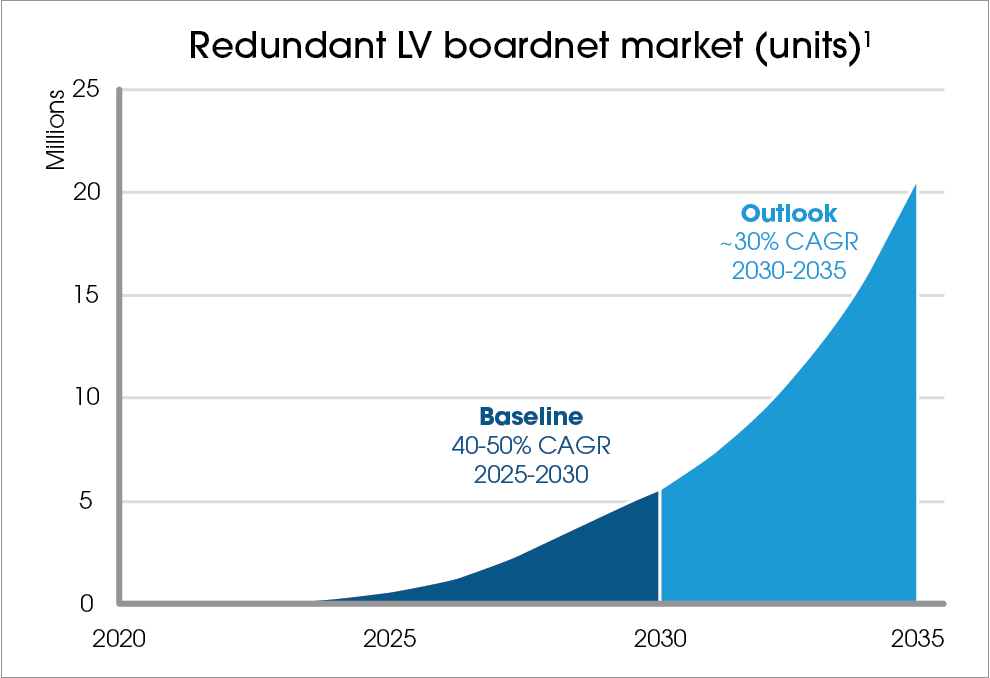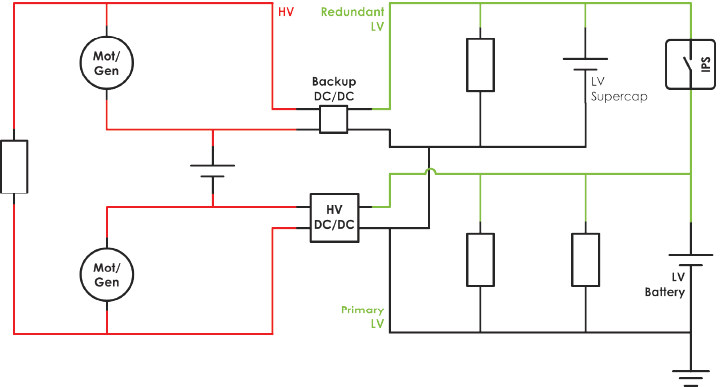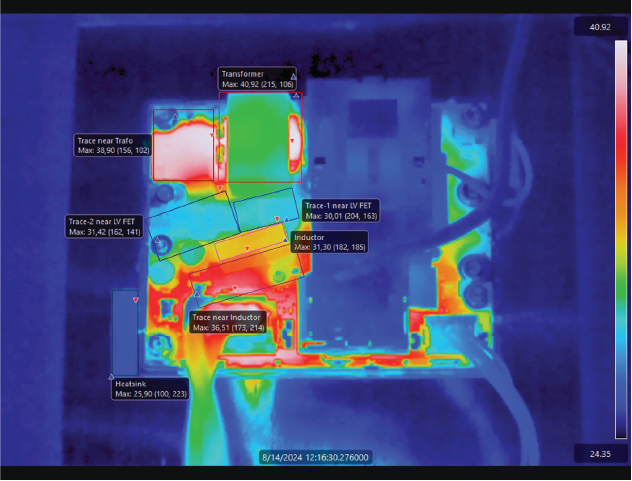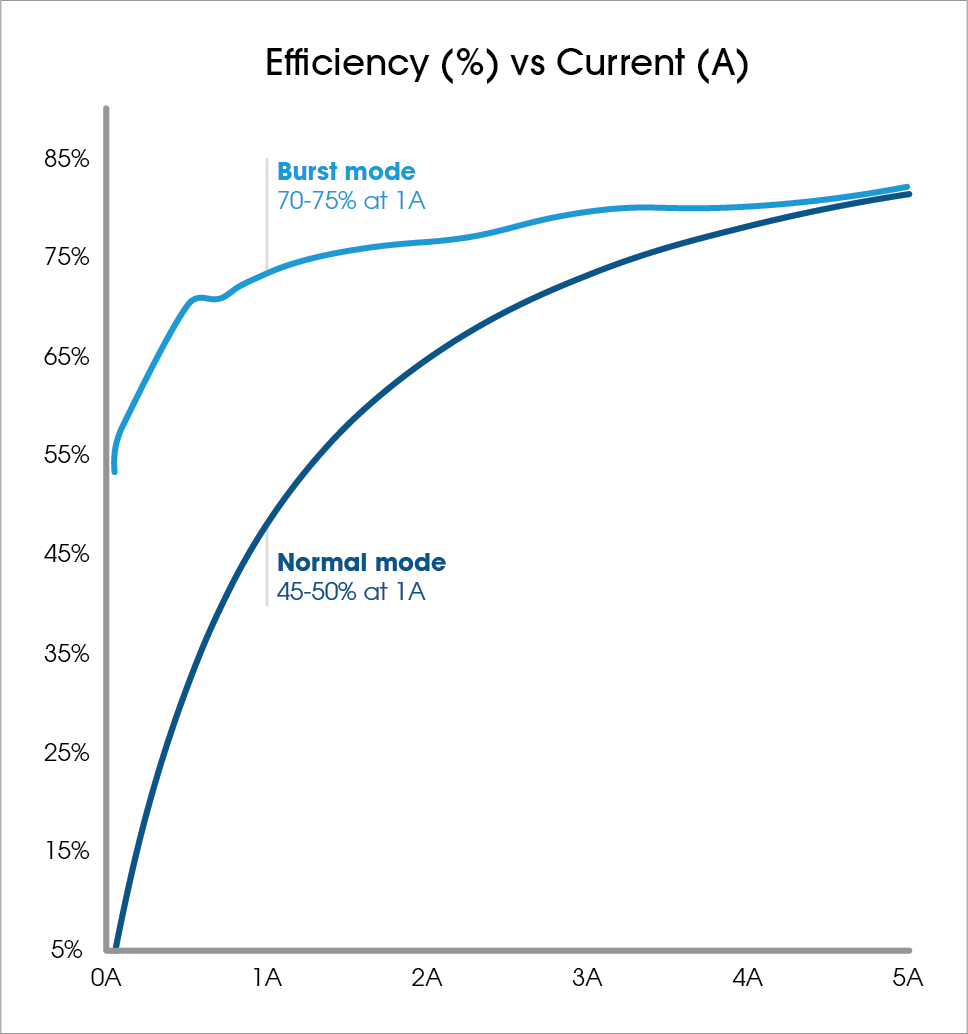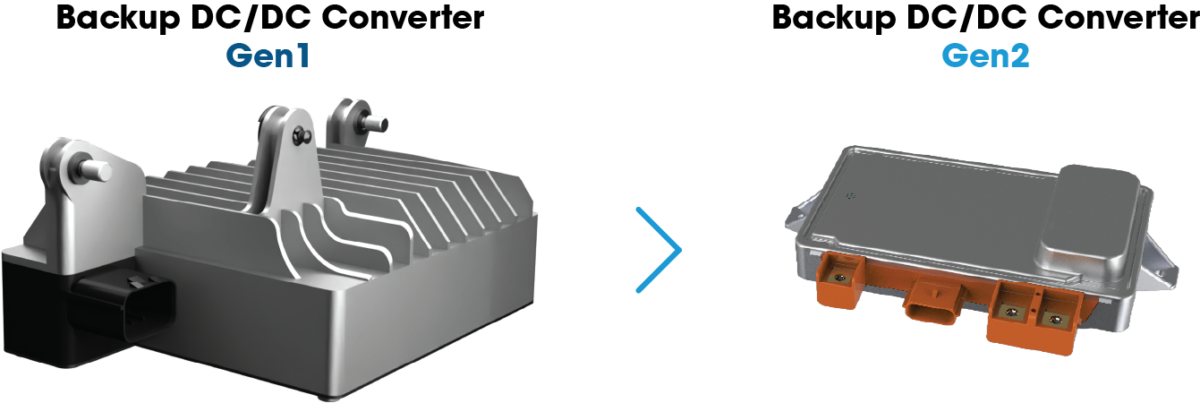Today’s leading approach: Backup lead-acid battery + 12V/12V DC/DC converter
Some Level 3 vehicles out in the market today address the ASIL-D challenge with a backup lead-acid battery which is connected to a secondary or backup board net via a 12V/12V buck-boost DC/DC converter. The buck-boost converter has two key functions; first, it provides a stable output voltage regardless of the backup battery voltage ensuring the safety critical loads receive a nominal voltage. Second, it ensures that the backup lead-acid battery is at a sufficient state of charge and has enough stored energy (including a safety margin) to satisfy the mission profile requirements in case of a failure of the primary board net.
An additional power distribution switch controls the current flow from the primary to the secondary board net and vice versa as required. The switch itself also must be designed according to ASIL-D functional safety requirements.
A purpose-built solution: HV/LV Backup DC/DC converter
An alternative solution gaining traction in the automotive community for addressing the functional safety challenges of low-voltage board nets — particularly in PHEVs and BEVs where an additional energy storage on the HV side is already available — is to use a high-voltage-to-low-voltage (HV/LV) backup DC/DC converter directly connected to the main battery pack. This configuration also has a secondary backup board net with its own dedicated power distribution network and power switches.
This solution addresses the limitations of the previously discussed approach while offering several distinct advantages. Its most significant benefit is an extended operational lifetime of up to 15 years, compared to the 3–5 year lifespan of lead-acid batteries, making it well-suited for safety-critical systems that demand long-term reliability. Moreover, its performance is generally unaffected by the ambient temperature and state of charge, factors that often pose challenges for battery-based solutions.
Effective thermal management at peak load
The higher power density of the backup DC/DC converter results in a compact size and low weight, providing OEMs with greater flexibility in deciding where to place the module within the vehicle.
Advancing power electronics innovation with STMicroelectronics
The pace of change in the automotive industry, driven by rapid advancements in electrification and software-defined vehicles, creates the need for an increasingly collaborative environment where automakers and their networks of suppliers contribute their respective strengths to address increasing technology complexity and accelerate innovation.
Flex has been collaborating with global semiconductor company STMicroelectronics on next-generation power electronics for BEVs. This includes the adoption of STMicroelectronics products to power Flex’s High-Voltage (HV) Combo Units, which combine a primary DC/DC converter and onboard charger to provide an all-in-one power conversion solution for BEVs.
Flex is also leveraging ST’s SiC MOSFET technology and Stellar automotive microcontrollers — both of which are vital for the efficient and safe operation of power converters — in our backup DC/DC converter.
Combined with Flex’s advanced manufacturing capabilities, the HV combo units and backup DC/DC converters aim to enable automakers to accelerate EV development.
